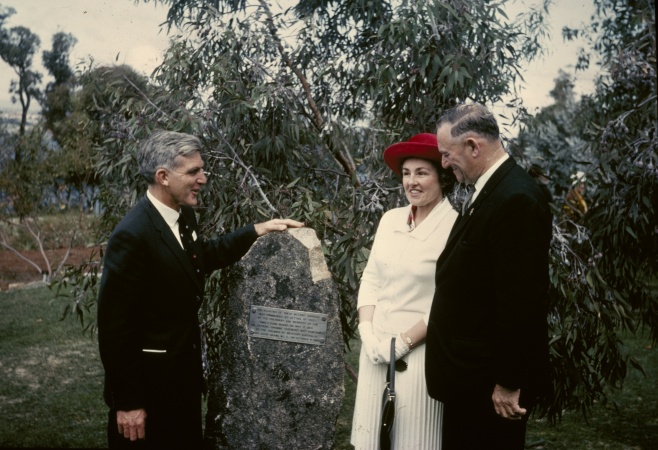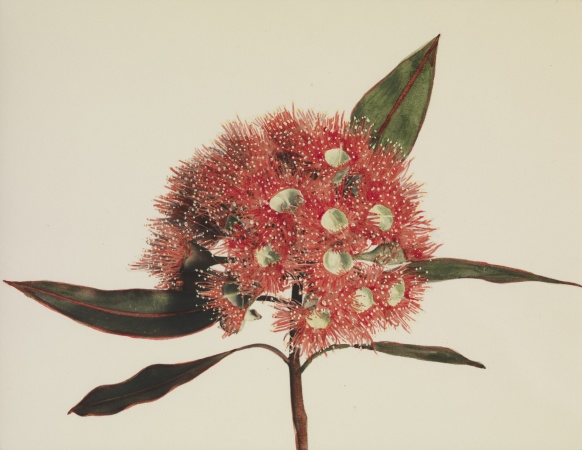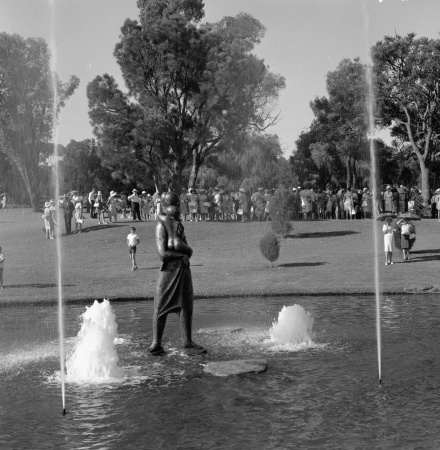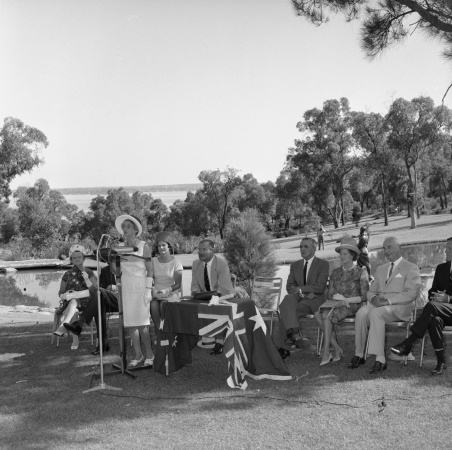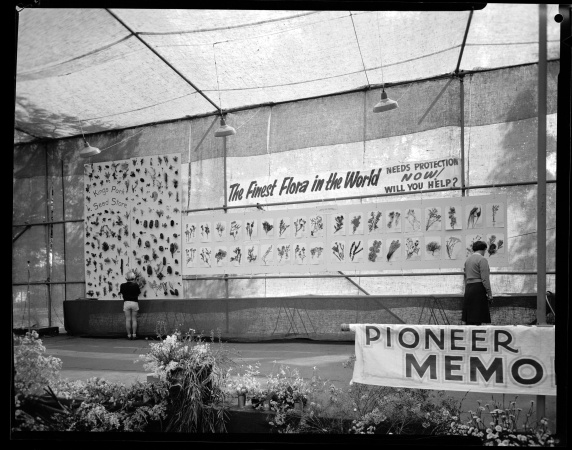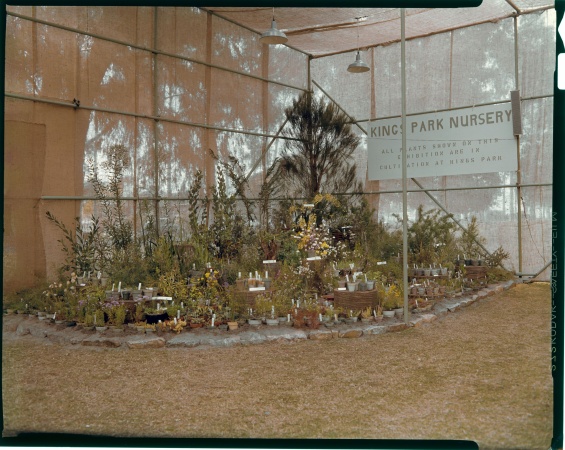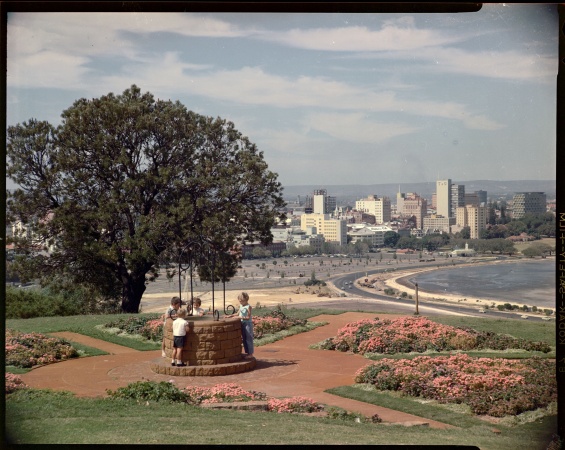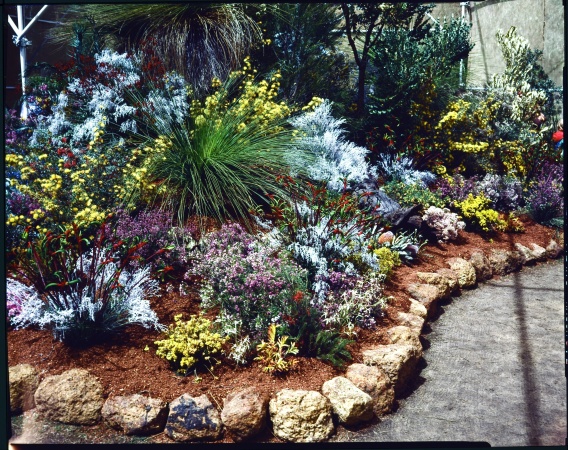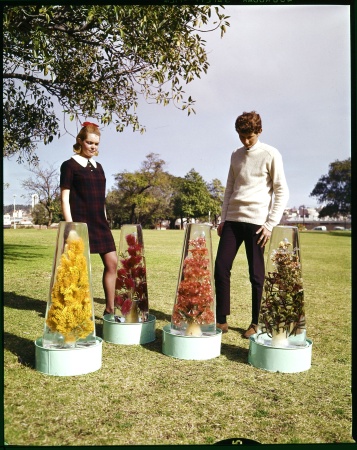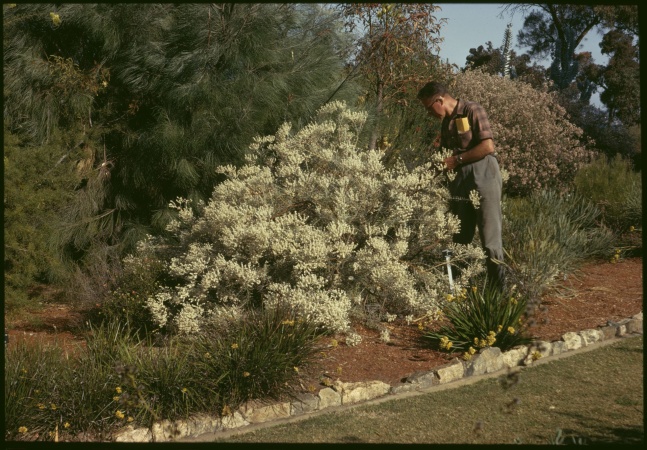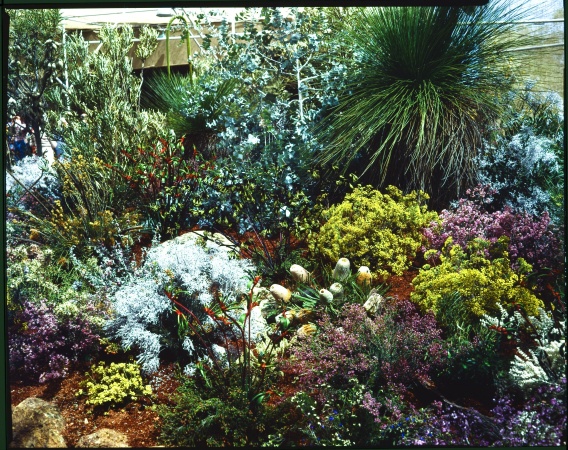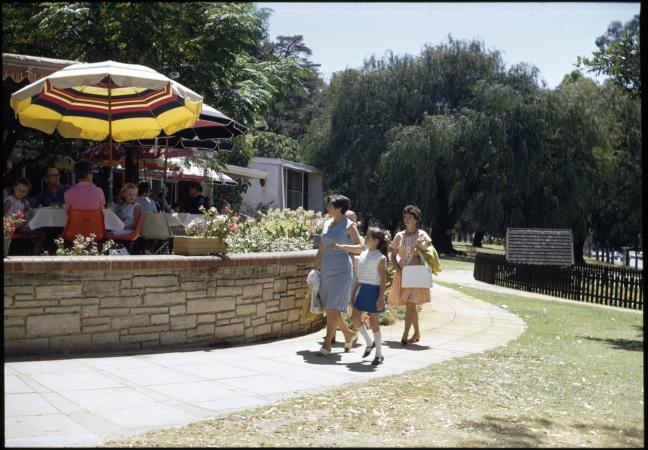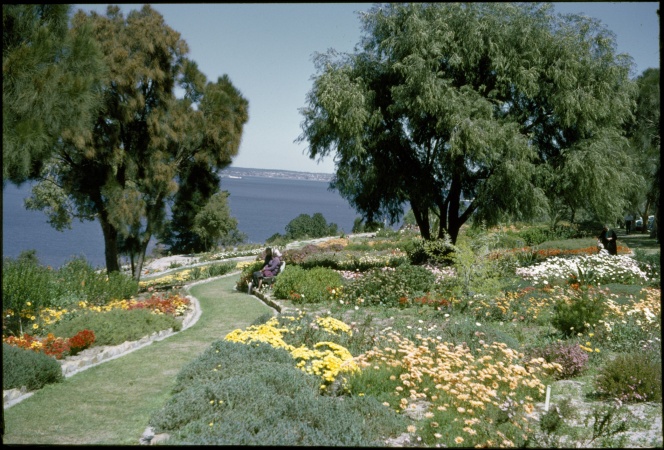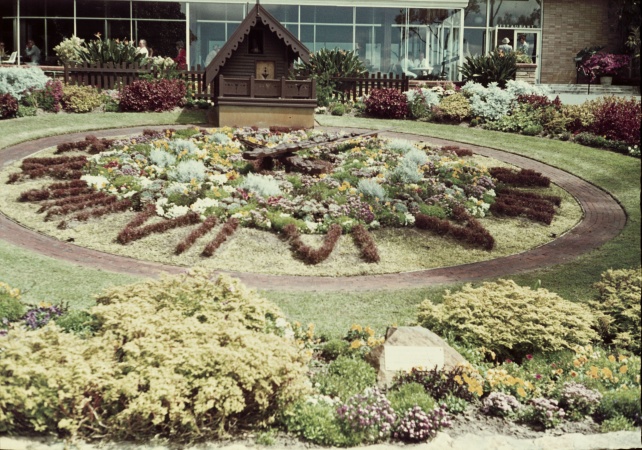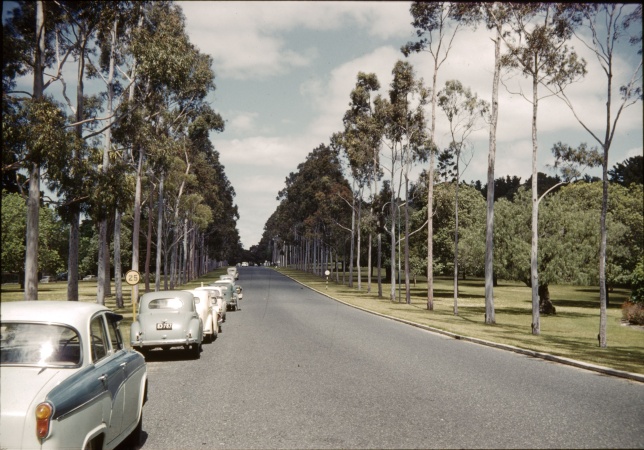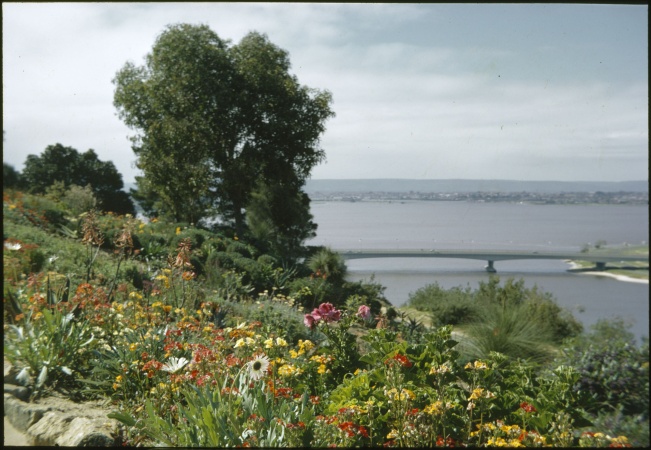
The land we know today as Kings Park has been a place of great significance to its traditional custodians, the Whadjuk Noongar people, for at least 40,000 years. The Park's traditional names include 'Kaarta Koomba', 'Kaarta Gar-up', or 'Mooro Kaarta'.
This story is based on the oral history of John Stanley Beard.
Oxford Forestry graduate John Stanley Beard was working in South Africa when he was told of a job opportunity he could not resist. The Kings Park Board in Western Australia was advertising for a Director to found a new botanic garden...
It was right up my street. After fourteen years as a silviculturist working on crop improvement in the wattle industry, the time was ripe for change.
While my family pulled very long faces, I told them I would go to Timbuktu for such an opportunity, and before long we were bound for Western Australia.
When I arrived at Kings Park in 1961 it was very thinly staffed. There was also a strong body of opinion, led by the Society for the Preservation of Kings Park, which did not support the idea of a botanic garden or any development in the Park for that matter.
The opinion was a legacy of the 'Pool in Park' controversy in connection with the Commonwealth Games in 1956. When the Perth City Council wanted to build the Aquatic Centre in Kings Park. As a result of strong public opposition, the pool was built at Beatty Park instead.
There's a little story I remember about the Society for the Preservation of Kings Park which is amusing. One year teenagers took to driving wildly around the Park at night and wrapping their cars around trees, and of course, there was public concern about what should be done about it.
We got a nice letter from the Society suggesting that the remedy surely would be that the Park gates should be closed at night. This was particularly interesting in that the Park gates had been taken away thirty years before and they'd never noticed!
One of my first jobs was to appoint staff to create the botanic garden. We advertised widely for a Superintendent highly qualified in horticulture and got eighty applications - practically all of whom were unsuitable. For example, we had a Sea Captain with a Master's certificate; an Army Colonel who was retiring and thought it would be a nice kind of life; a restaurant keeper who thought the same, and so on.
Eventually, I managed to get a very good man I knew from South Africa, Arthur Fairall.
Next, we needed a competent nurseryman and I was getting rather desperate until I received a letter from Ernst Wittwer in South Australia - one of Australia's most highly qualified and competent plantmen.
Finally, I persuaded Fred Lullfitz to give up his private wildflower nursery in Cannington, to join the staff as a seed collector.
In Autumn 1962 the Kings Park nursery was opened and about 600 seed lots were sown. I quickly realised that being a newcomer to Western Australia I had much to learn. There were botanical names on seed packets but they didn't mean anything.
So rather hurriedly, with help from the retired Government Botanist Charles Gardner and the State Herbarium, I made up a catalogue, that was later published by the Society for Growing Australian Plants, as 'Beard's Catalogue of West Australian Plants'.
Once the nursery was established, a site was chosen for the garden. After considering several possible sites the Board went with the site I'd chosen - along the edge of the bluff overlooking the Swan River.
We then surveyed the site, a system of paths was laid out, and edgings were put in. Originally the paths were going to be hardened but as we didn't have the money we just grassed them over. This turned out to be so popular that we never ended up doing anything else.
The water garden feature suggested itself because there was already a valley in the garden. A committee of women who were descendants of pioneers got together and raised over £8,000 for a commemorative feature for pioneer women in Western Australia, which led to the memorial fountain.
The upper water garden was designed by Geoff Summerhayes the architect and the statue was created by Margaret Priest a local sculptress. Arthur Fairall designed the little channels and pools, personally supervising the placing of every rock in the cascades.
When the winter came in 1963, the first section of the botanic garden was planted. The first plant - a red flowering marri tree - was planted by the Chairman of the Kings Park Board, Sir Thomas Meagher.
Two years later the botanic garden was far enough advanced to be officially opened. I found a granite boulder on which to fix the commemorative plaque, on an outcrop in the forest on Brooktown Road. Having got permission from the Forest Department to remove it, Bells Bros. was sent out to get it but weighing in at thirteen tonnes, it just pulled their crane over. All sorts of adventures later, the boulder reached Kings Park.
The opening ceremony was held at the Roe Memorial and while Premier David Brand expressed great enthusiasm for the project, I'm afraid nobody quite knew what a botanic garden was supposed to be. It was really only seen as a vehicle for getting some embellishment to the Park, a tourist attraction.
Of course, I had come to Western Australia with the understanding that this was to be a botanic garden - something that contributed to research and education, a scientific institution. But I never succeeded in selling the idea to the Board and we operated the whole time with just a skeleton horticultural staff.
We could have had something that was world-famous. I think a great opportunity was lost in that respect.
Source Interview with John Stanley Beard, interviewed by Alice Smith
Beard, J. S. (John Stanley), 1916-2011.
Oral History | 1986.
Available Online (Call number: OH1735)

